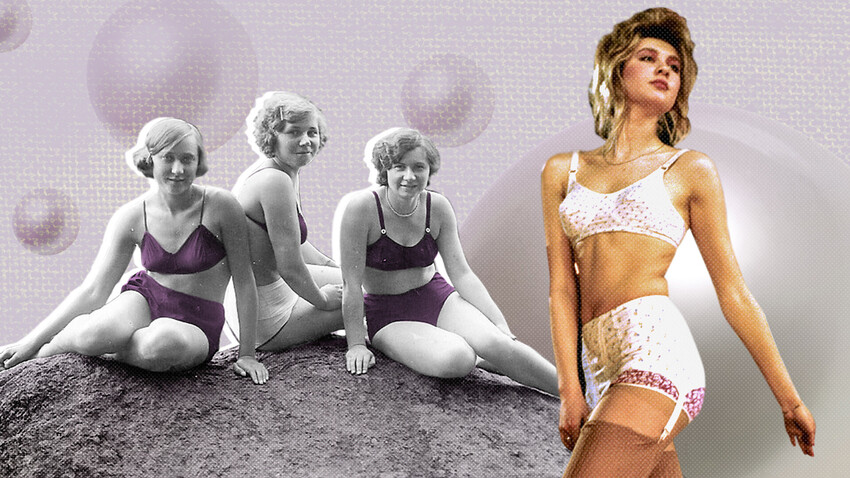
Until 1917, the Russian Empire had a rich variety of exquisite lingerie. The majority of it in Tsarist Russia was custom-made – for the aristocracy and merchants’ families, it was a sign of good taste. Cities’ shop windows boasted delicate lace and silk models. Serial production was sewn only for the army, the navy - and for prisoners.
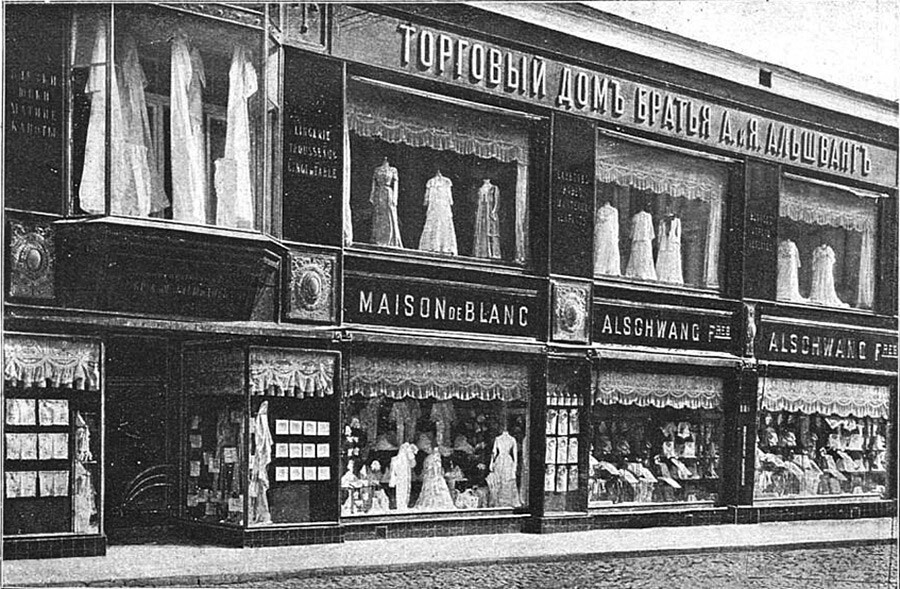
However, everything began to change after the Revolution. The creation of the new “Soviet person” didn’t end with just reading Karl Marx’s ‘Capital’ and membership in the party. The ideology penetrated deep into private life - literally down to underwear. In the middle of the 1920s, successful lingerie factories and light industry enterprises were nationalized by the state. It, subsequently, became the main “designer” of lingerie for Soviet women.

Elegance was now considered a bourgeois excess. In 1926, a booklet by psychologist Aron Zalkind was published in the country titled ‘The Question of Sexuality in Soviet Society’, in which he established a clear attitude towards a woman and her sexuality: a new image of a woman was cultivated, with a shovel and a wrench, tough and equal to men. The passion for exquisite lingerie was labeled sexual deviation.
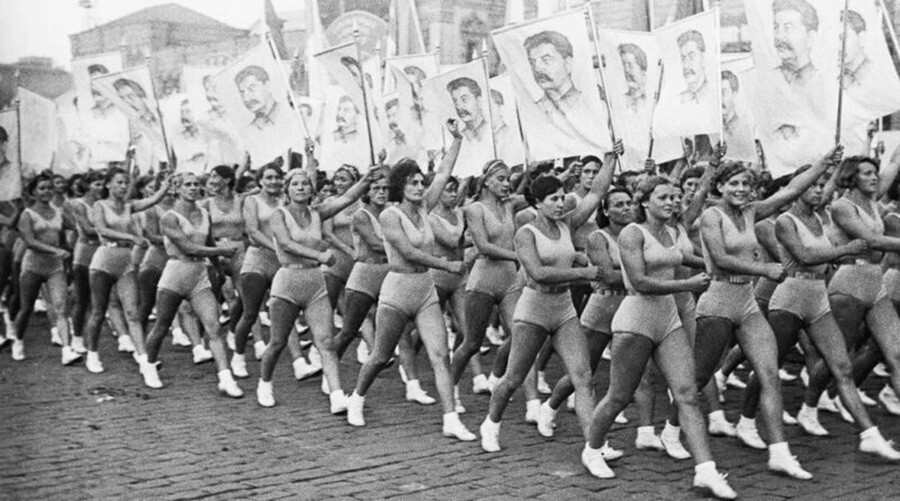
In 1926, by the decision of the government a new organization named Glavodezhda was created. Its main goal was to produce military uniforms. But, along with that, it also produced undergarments for the masses. Serial undergarments of the same type, frankly ugly. For a long time, Soviet women could only buy 2-3 types of panties and trousers and only one bra model.
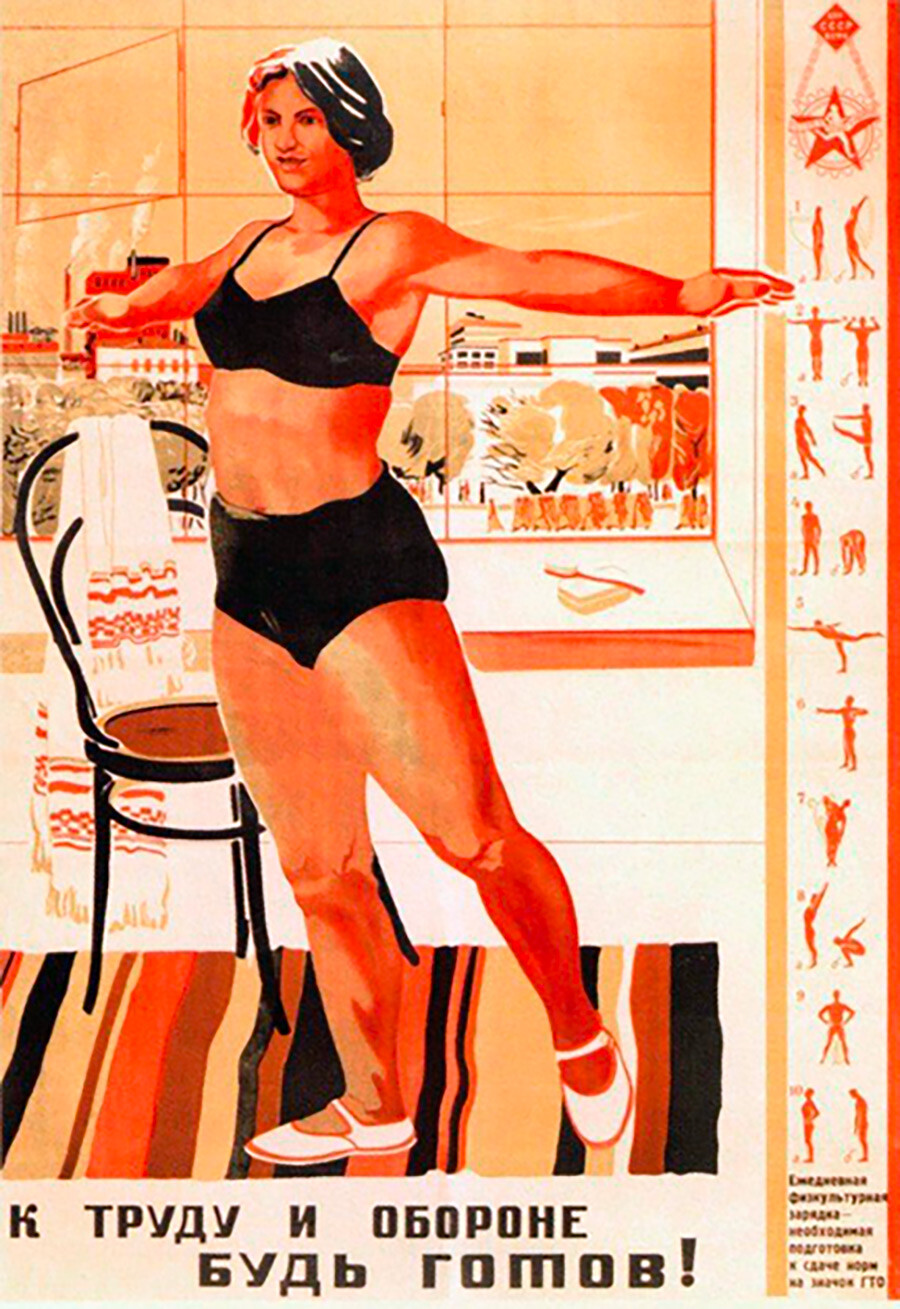
Any conversations about “fashion” went as far as just discussing the color. One of such discussions resulted in the phenomenon when for some time “fashionable” and “ideologically straight” lingerie appeared on sale – with images of tractors, airplanes, the sickle, the hammer and red stars.

Designer lingerie was now sewn only in one place – at Moskvoshveya atelier in Moscow by individual orders. But, only the wives of party nomenklatura and military commanders had access to it. Seamstresses, who worked at home in secret, also existed, but they could be arrested by the financial inspectorate at any moment for banned home-based work.
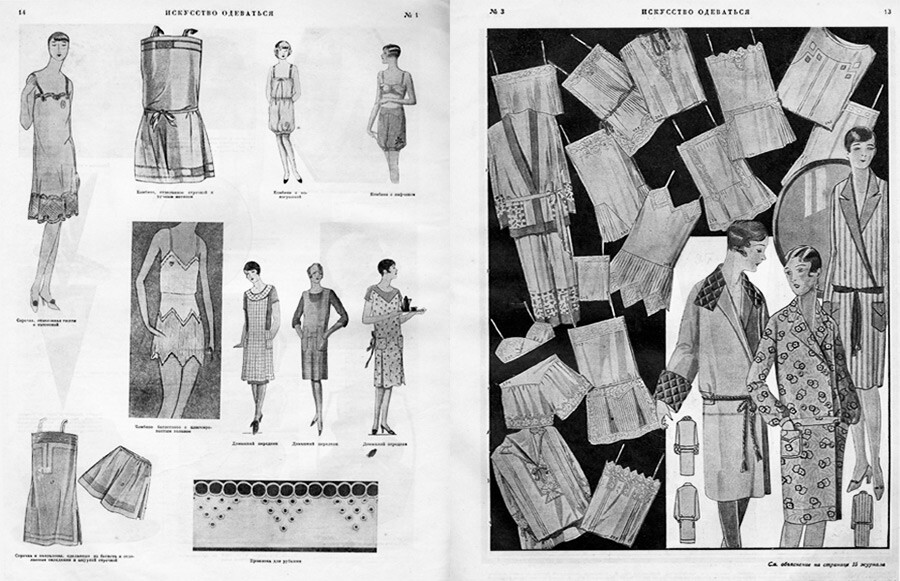
“Lingerie in the USSR was not intended for beauty or seduction. No eroticism. It should just be hygienic, practical and warm. With undergarments like that, a woman was ready for labor, for fulfilling the five-year plan in four years,” director of the Museum of Soviet Life Irina Svetonosova says. In general, women’s lingerie acquired the image of a practical thing that serves its purpose. As Soviet avant-garde artist Alexander Rodchenko said, things became comrades.
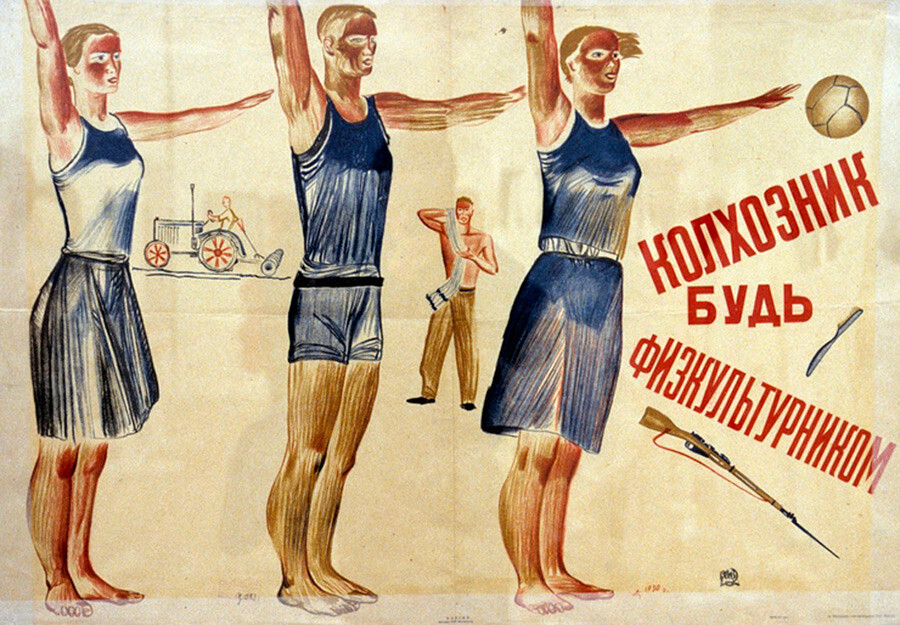
However, the picture of comfort for those who determined the model range was also relative – many women found this lingerie to be too tight and uncomfortable. For example, the bra, that people called “torpedoes”, outrageously stuck out from any dress and created a very strange look (For a long while, the Soviet industry couldn’t master the technology of producing “cups”).
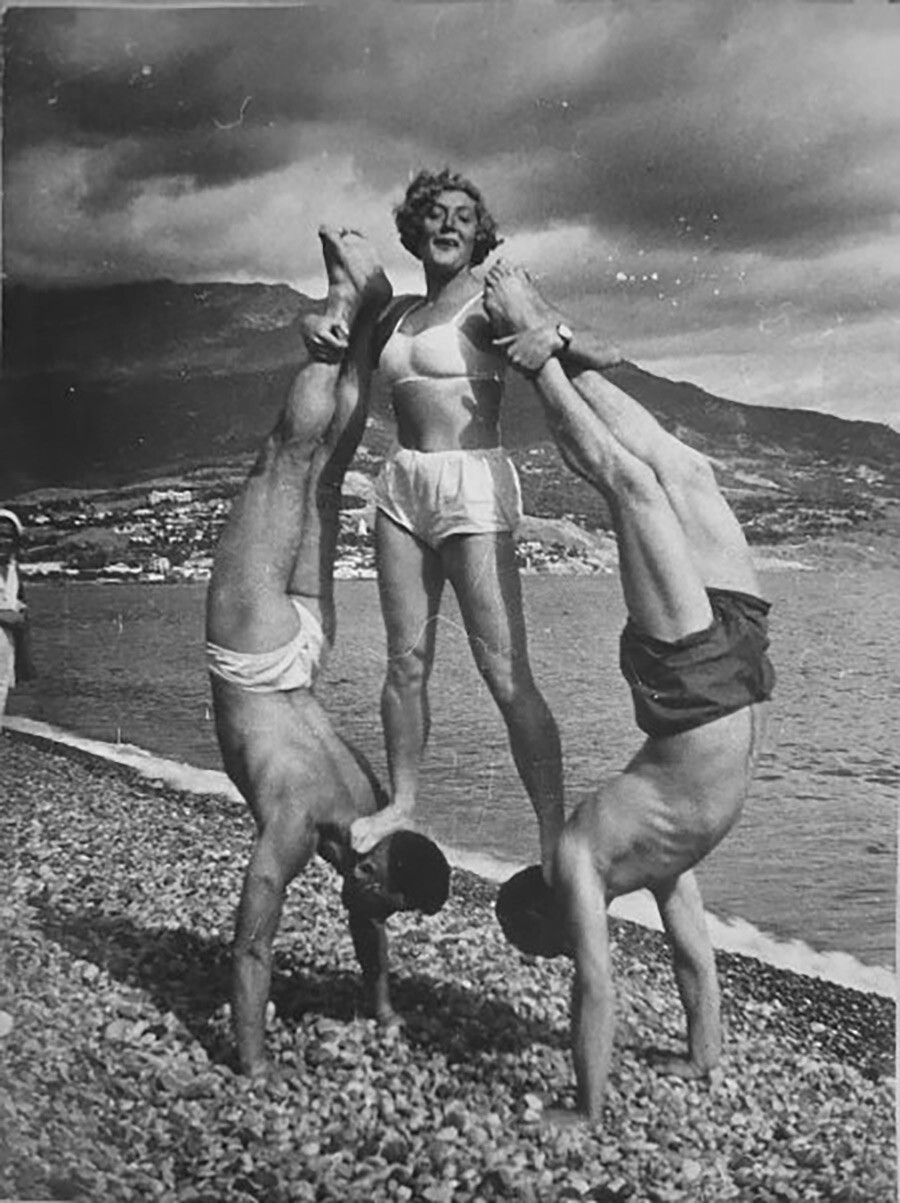
At the end of the 1940s, an undergarment standard appeared, stipulating just three breast sizes: 1st, 2nd and 3rd. There was still just one bra model without bust darts.
Trousers often played the role of underwear. Aside from regular cotton ones, Soviet ladies now had nap-clothed and flannelette trousers (for winter). Comfort and cold protection still trumped aesthetics.
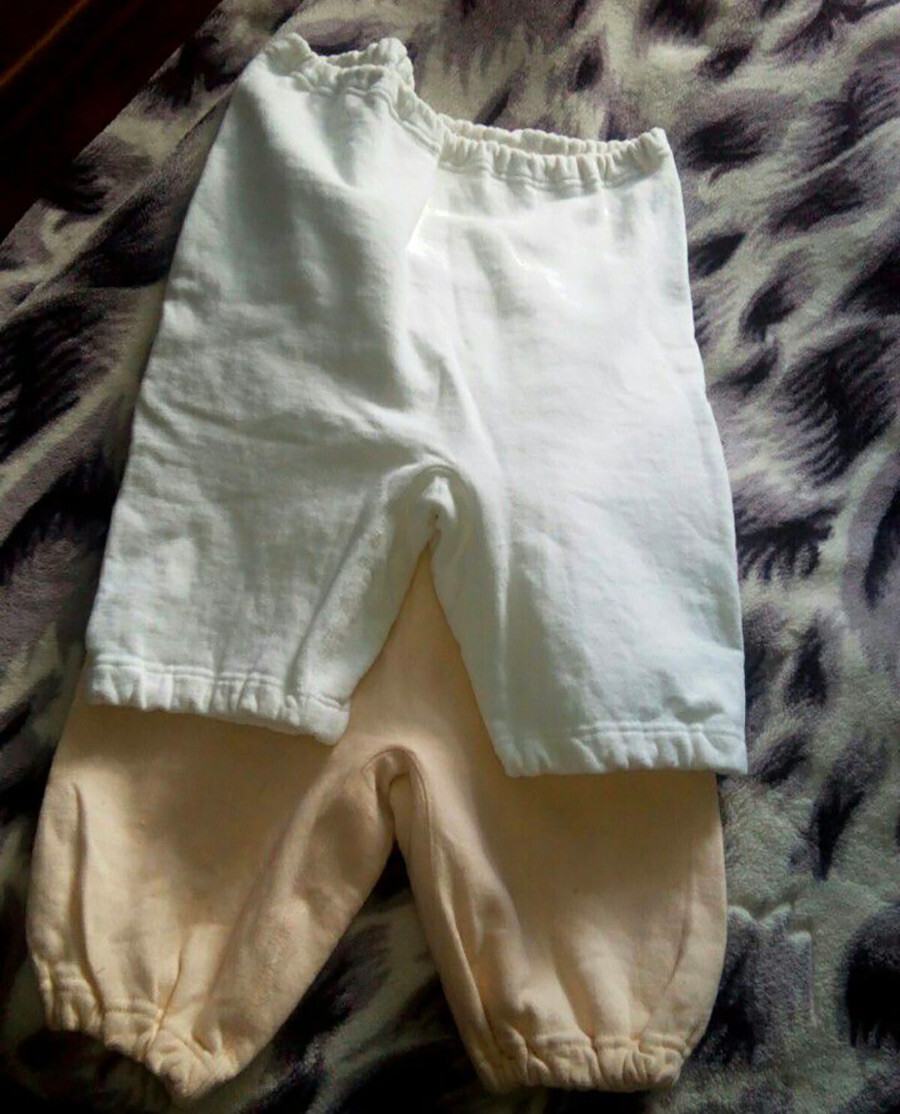
Change came around only in 1957. After the World Festival of Youth and Students, which allowed 35,000 foreigners through the Iron Curtain, Minister of Culture of the USSR Yekaterina Furtseva proclaimed: “Every Soviet woman has the right to have a pretty bust!” By her proposal, factories for undergarment production were built in Moscow and Leningrad, although the situation with fabrics and findings was still strained.
Regardless, the bra sewing line Anzhelika was imported from East Germany, for which long waiting lines formed at GUM (Moscow’s - and the country’s - main department store); women were not allowed to try them on and only one bra was sold to one person, so women bought any size available and then swapped them between each other. The size range was expanded to six sizes and, after the 1970s, there were as many as nine sizes.
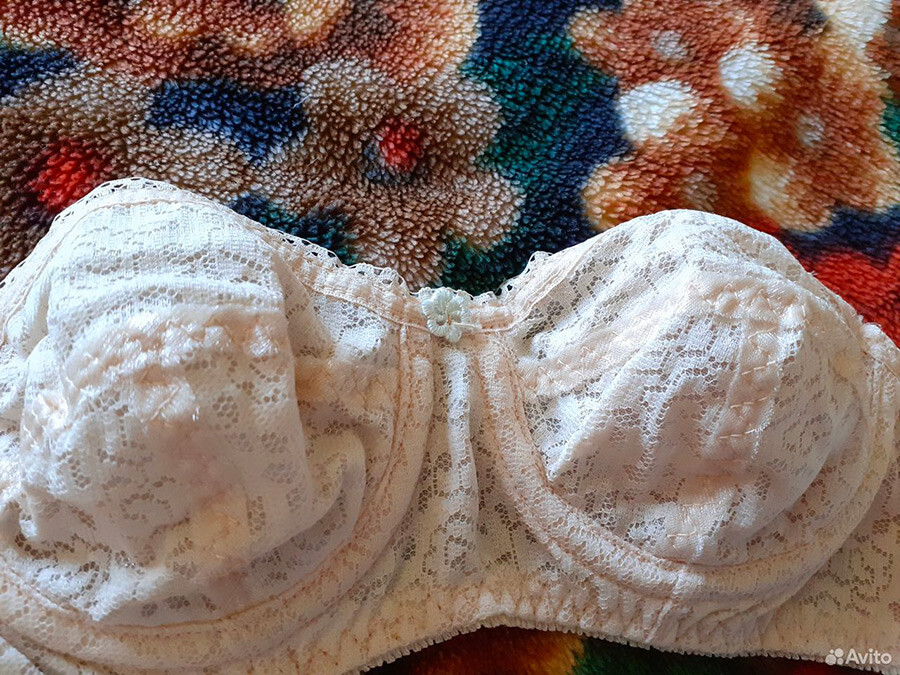
It seemed like, with the expansion of the size range, there were now more designs that were passing censorship and appearing on the market. In the 1970s and 1980s, samples from East Germany, Poland, Hungary and Yugoslavia appeared on shelves. Those were not very similar to what Soviet women wore just 20 years ago.
By the collapse of the USSR, the market was flooded with revealing, cheap and prickly synthetics from China, replacing the image of the “comrade” lingerie forever.
If using any of Russia Beyond's content, partly or in full, always provide an active hyperlink to the original material.
Subscribe
to our newsletter!
Get the week's best stories straight to your inbox